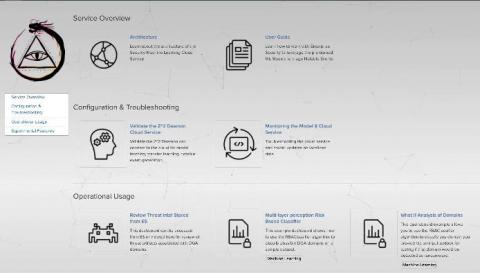Detecting Ryuk Using Splunk Attack Range
Cybersecurity Infrastructure Security Agency (CISA) released Alert (AA20-302A) on October 28th called “Ransomware Activity Targeting the Healthcare and Public Health Sector.” This alert details TTPs associated with ongoing and possible imminent attacks against the Healthcare sector, and is a joint advisory in coordination with other U.S. Government agencies.




